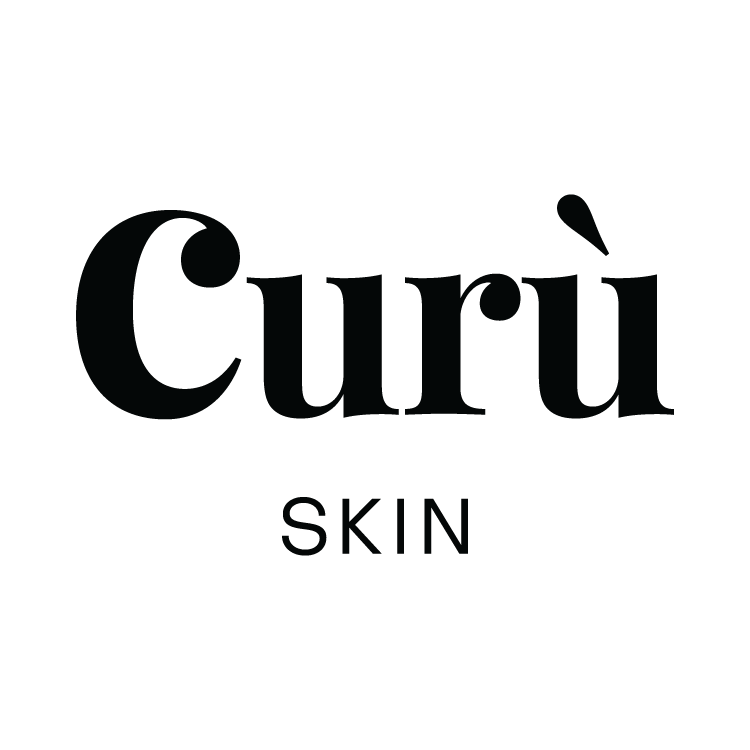Sun Protection for Melanin-Rich Skin: Myths + Facts You Need to Know
The spring and summer seasons mark an enraptured time to find joy in the outdoors. Whether it’s getting back into the morning jog routine, visiting the beach with friends, or enjoying the sun overseas, it’s important to have an intentionally curated sun care routine, regardless of skin tone or colour.
Sun care myths for ethnic skin tones have persisted for decades. Knowing the facts and treating your skin with the love it deserves is integral to giving yourself a safe and pleasurable way of enjoying the upcoming sunny months.
Myth: Melanin-rich skin does not require sun protection
No skin type is 100% effective at blocking out the sun’s rays. Even the darkest skin tones only have a maximum ‘natural SPF’ of 13 - a significantly lower amount than the recommended 30 SPF. So, where does the ‘natural SPF myth’ come from? Skin pigment is determined by the amount of melanin produced by cells in the deepest layers of the skin known as melanocytes. These cells produce two types of melanin: eumelanin and pheomelanin. Eumelanin gives the skin a brown or black pigment, while pheomelanin gives off a pink colour, often found in the lips and nails. Eumelanin is known for its ability to absorb UV rays and protect the skin’s genetic material, giving darker skinned individuals more innate sun defence than those with fair skin.
That being said, eumelanin’s potency as a sun protectant can never match that of sunscreen’s. Higher SPF means longer protection from sun damage - a crucial factor when spending hours outside in the summer. Additionally, the skin types of people of colour are vast and diverse. With the darkest skin types only having an SPF of 13, the blanket notion that all ethnic skin tones don’t need sunscreen provides harmful and unfounded rhetoric. Using sunscreen on dark skin is crucial to maintaining skin health. This is especially important when considering dark skin is more susceptible to certain types of sun damage, as well as being more likely to be diagnosed with skin cancer at a later stage.
Myth: Dark skin does not burn
With the natural sun defenses of all individuals being much lower than that of applied sun protectants, all skin types have the ability to burn. While fairer skin burns quicker and more often, burns can also appear on ethnic skin. Unfortunately, the majority of medical and media representations of sunburns are on lighter skin. While those with fair skin experience a red, rash-like spot on the skin, sunburn on dark skin is rarely red at all, instead appearing dark in colour. The same tightness, peeling, and damage to the skin occurs either way.
In fact, deeper skin tones are actually more prone to certain types of sun damage than their fair counterparts. PIH, post inflammatory hyperpigmentation, is when the skin produces excess melanin in response to irritation or injury, such as a sunburn. This manifests as dark spots that scar the upper tissue in the face. Melasma, a skin condition most common in women of colour, are irregularly bordered dark spots that mask the face - one of the causes being prolonged sun exposure. These skin conditions can have adverse psychological effects on its patients. Proper education surrounding sun protection and aftercare are central to preventing such conditions.
Myth: Melanin-rich skin does not need after sun care
With sunscreen being seen as historically unnecessary for ethnic skin, aftersun almost never enters the conversation. The truth is, the sun hurts all skin types, and all skin types can benefit from aftersun care. A 2015 study involving 556 individuals from South Africa with deep skin tones found that 95.6% of black participants described themselves as being photosensitive - meaning they’re prone to burns, blisters, pain, and tightness in the skin upon exposure to UV light. While sunscreen is key to preventing these concerns, aftersun relieves sunburn symptoms and irritation after the damage is done.
Instead of spending the rest of your vacation with tight, painful skin, Curù Skin’s antioxidant-rich After Sun Facial Oil uses ethically sourced, natural ingredients to repair and hydrate the skin barrier to soothe dry skin after enjoying the outdoors. The antioxidants present in ingredients like prickly pear and cranberry oil support the skin’s natural healing process, and have been shown to reduce inflammation that leads to post inflammatory hyperpigmentation in people of colour. Hydrating with borage and grape oil, the After Sun Facial Oil leaves your skin feeling moisturized and cared for regardless of skin type. Putting energy into replenishing the skin is crucial to preventing further discomfort and dryness. Our After Sun Facial Oil is the perfect addition to your summer ready routine.

